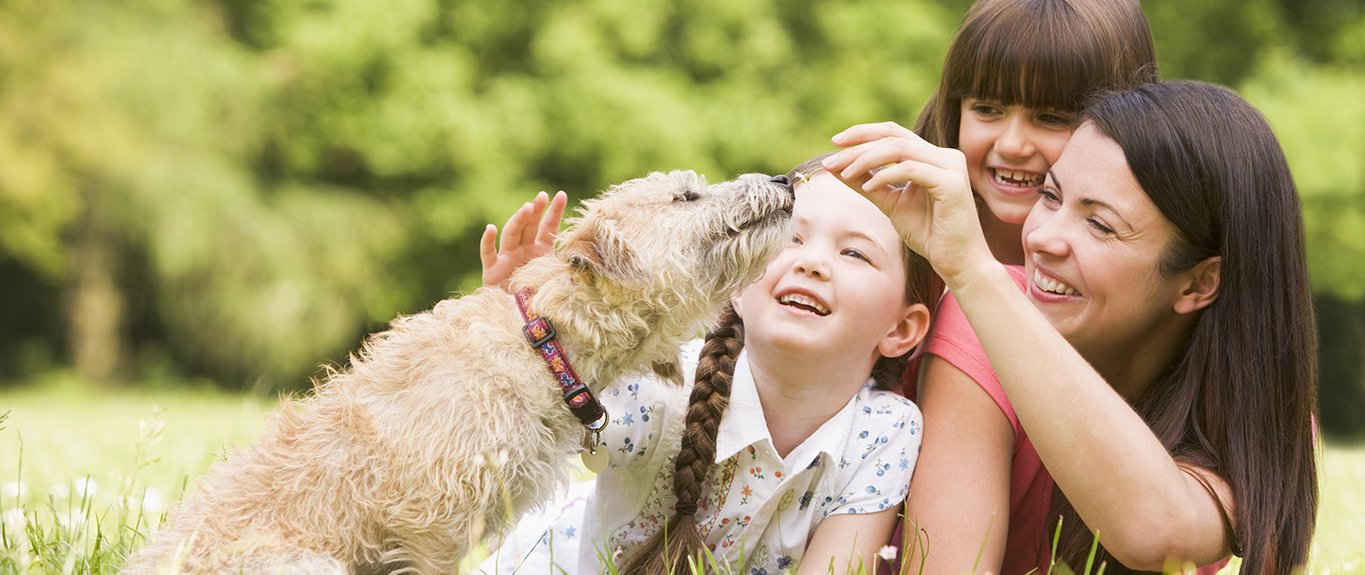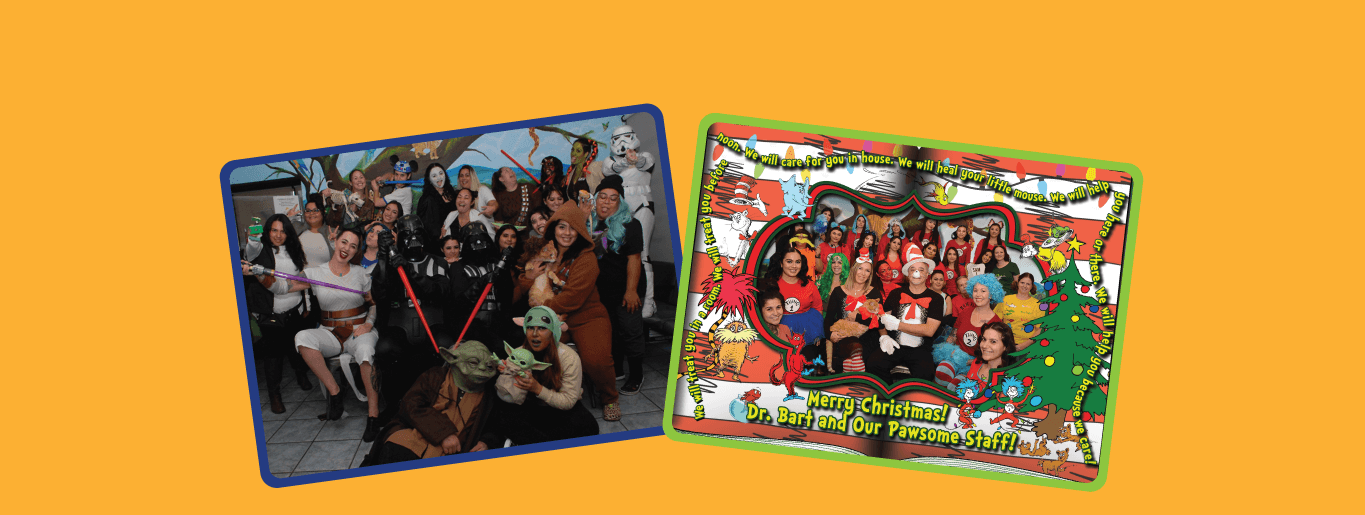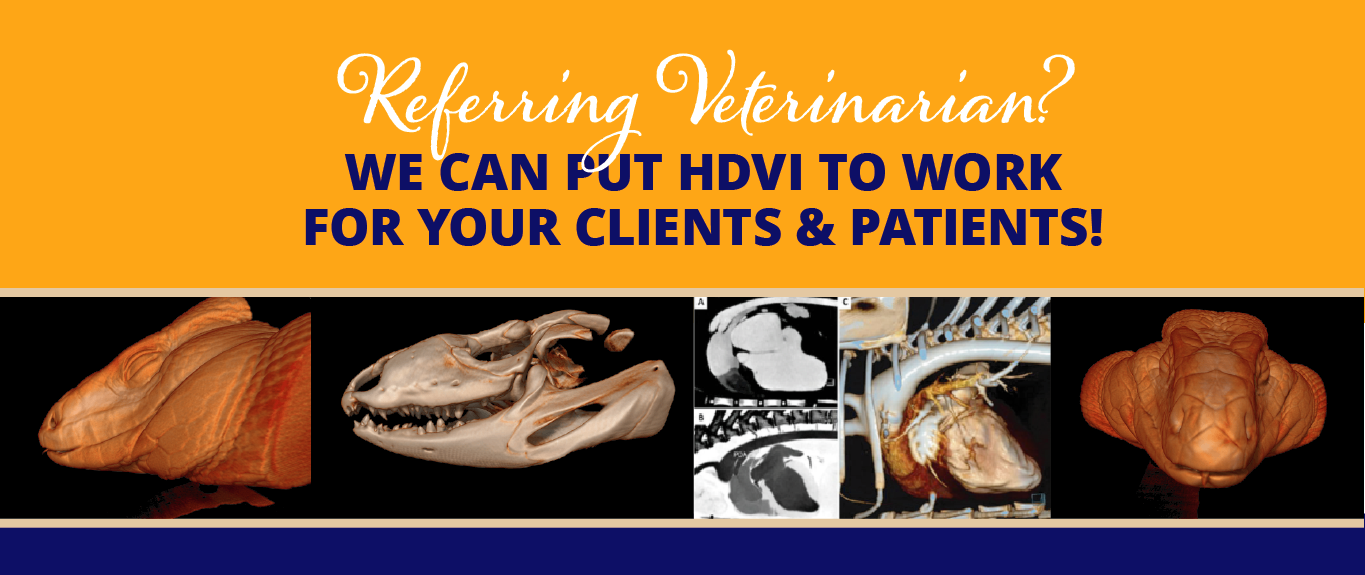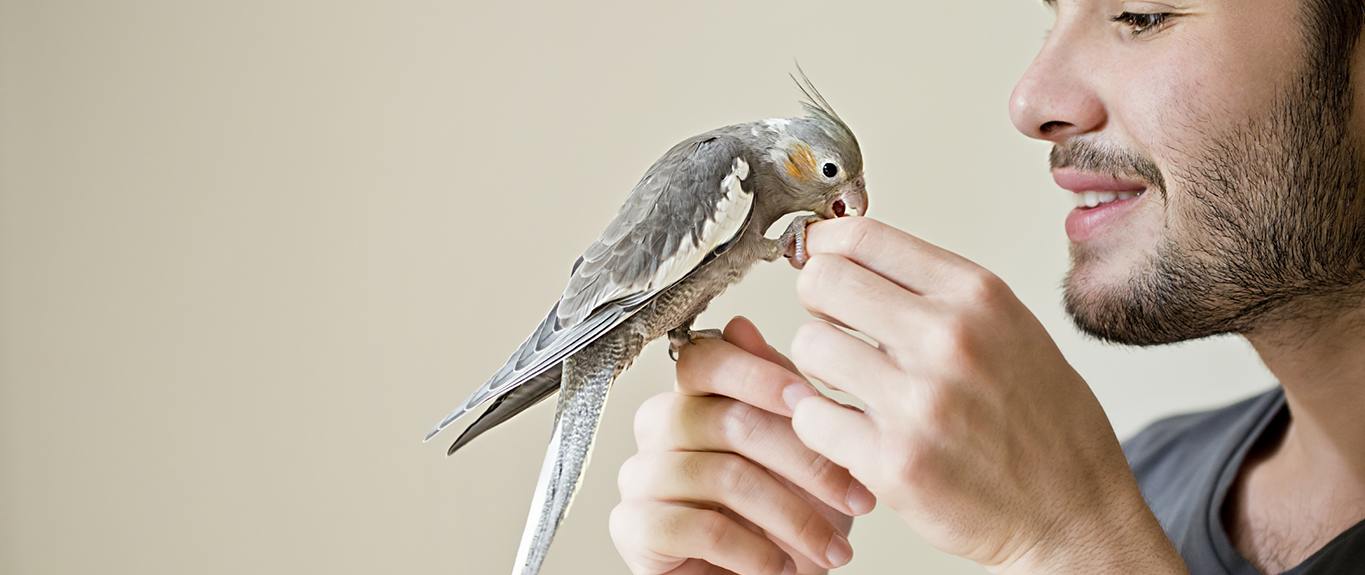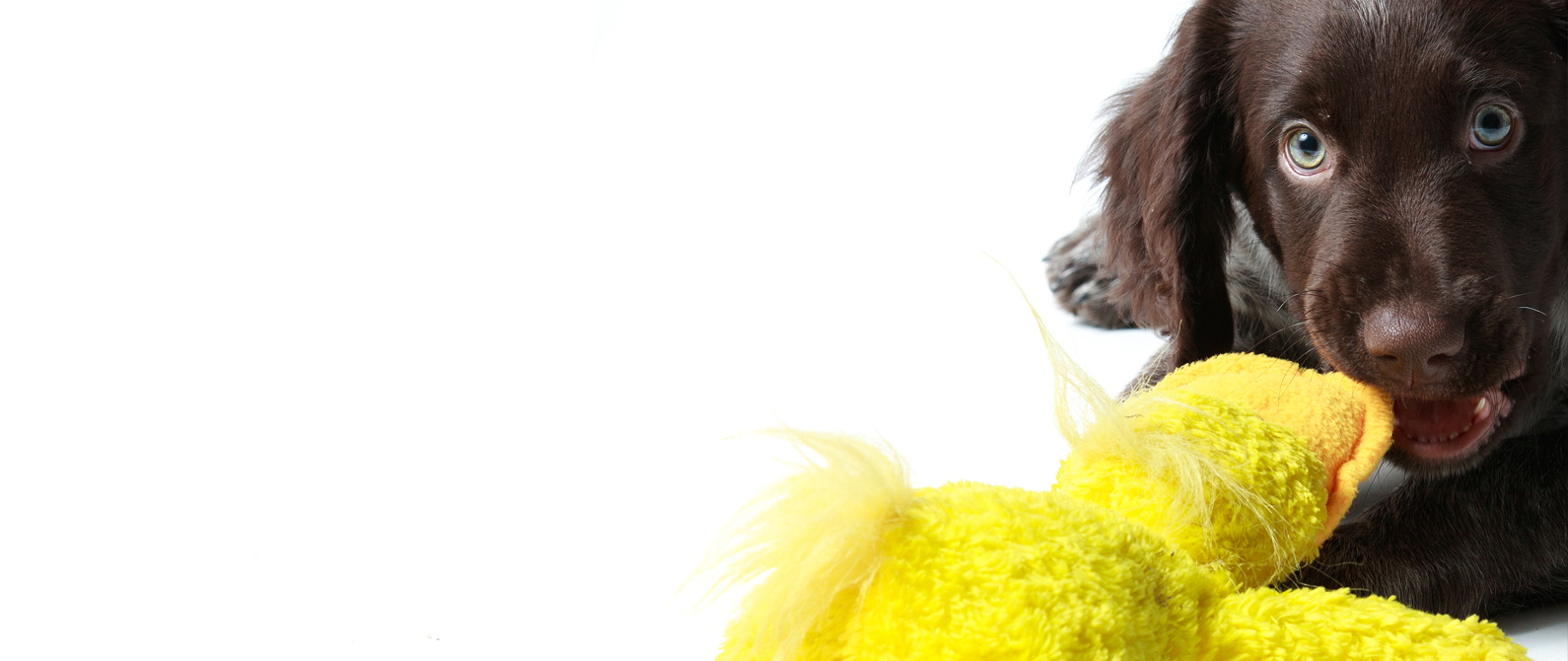What is COVID-19?
COVID-19 is a new respiratory disease in humans, initially discovered late in 2019. This illness is caused by the virus SARS-CoV-2, a novel coronavirus that has not previously been identified in humans.
There are many different coronaviruses, which can cause a wide variety of diseases. In humans, a coronavirus causes the common cold. In young puppies, canine coronavirus can cause diarrhea. Although all coronaviruses are related, they are not all the same virus. For example, SARS-CoV-2 cannot cause canine coronavirus infection, and vice versa.
How can people help limit the spread of COVID-19?
At this time, physical distancing (also called social distancing) is one of the most effective methods of reducing the spread of COVID-19. Physical distancing is the act of intentionally creating distance between people, in order to slow the spread of disease.
Principles of physical distancing include:
- Stay 6 feet (2 meters) away from others when in public
- Avoid crowds
- Limit errands
- Postpone social gatherings or meet “virtually”
- Stay home as much as possible
- Work from home if possible
Limiting close personal contact slows the person-to-person spread of COVID-19.
What are the risks to dog walkers during the COVID-19 pandemic?
As more of your clients begin physical distancing, you may temporarily find yourself with fewer dog-walking jobs. However, many clients working from home may still want you to provide daily exercise for their dogs. Clients that become ill may need you now, even more than ever. It is important to understand how to provide care for your clients’ dogs in a way that is safe for both you and your clients.
As described above, it is important to limit direct contact with your clients. If you interact with them while picking up or dropping off their dog, you should attempt to stand at least 6 feet apart during conversation. People can shed the virus without showing any symptoms of disease, so it is important to practice physical distancing even with clients who appear healthy.
“Although we are still learning about the new coronavirus, it appears to remain infectious on some surfaces for several days.”
It is also important to limit your contact with potentially contaminated items in your clients’ homes, whether they are at home or not. Although we are still learning about the new coronavirus, it appears to remain infectious on some surfaces for several days. If you touch a contaminated surface (like a doorknob) and then touch your face, you could potentially be infected with the virus.
Pets’ coats could potentially become contaminated with coronavirus. Additionally, because there are rare cases of dogs and cats testing positive for COVID-19, it is important to handle pets from homes with COVID-19 positive people with caution. Although there is no evidence to suggest pets transmit the virus, a pet’s fur could be contaminated if an infected owner coughs or sneezes on their pet. Keep in mind that to date, there are over one million human cases of COVID-19 and only a few pets have tested positive.
“Additionally, because there are rare cases of dogs and cats testing positive for COVID-19, it is important to handle pets from homes with COVID-19 positive people with caution.”
It is important to understand that evidence of infection is not evidence of animals being able to spread the virus to humans. The situation is evolving and is being monitored by animal health experts around the world.
Remember, you are not only responsible for protecting your own health, but also the health of your clients. We are all in this together. Even if you are at relatively low risk of serious complications associated with COVID-19, you want to minimize the risk that you could spread the virus to others.
How can dog walkers avoid contracting or spreading disease during the COVID-19 pandemic?
The most important things you can do to minimize your risk of infection, and minimize the risk of transferring infection to your clients, is to be cautious when interacting with clients and when touching anything that could be contaminated.
Consider the following:
- Be especially careful when touching doorknobs. Use a barrier, such as a glove, or wash/sanitize your hands immediately after touching doorknobs.
- Touch as little as possible while in client homes.
- Minimize the amount of time that you spend in client homes.
- If the client is home, maintain a distance of at least 6 feet during interactions.
- Use your own leashes, so you can avoid handling client leashes. Wash or sanitize your leashes daily.
- Wash your hands (or use hand sanitizer) frequently during the course of the day.
- Avoid touching your face.
- Limit kissing, petting, or cuddling the dogs you work with.
Finally, maintain a distance of 6 feet (2 meters) from other people while out in public. This may influence where you walk your clients’ dogs. Seek out routes that are uncrowded, so that you can minimize your interactions with others.
How should dog walkers communicate with owners during this time?
Communicate with your clients regularly during this pandemic. Having information about your clients’ health can help you avoid taking unnecessary risks.
Ask your clients to notify you if:
- anyone in the home develops respiratory signs or fever
- anyone in the home has been in contact with someone diagnosed with COVID-19
- anyone in the home has possible occupational exposure to COVID-19 (for example, an emergency room physician)
- anyone in the home or their close contacts have a history of international travel (including to the US or Canada)
Keep in mind that you are not only trying to protect yourself; you are also protecting your other clients.
If a client has respiratory signs or has been exposed to COVID-19, take appropriate measures to protect yourself and your other clients. Contact your local health department to determine how to proceed.
Clients at high risk of occupational exposure also deserve special consideration. Consider walking these dogs later in the day, in order to minimize potential spread to other homes.
Finally, if you develop any signs of COVID-19, including cough, fever, and/or shortness of breath, it is important that you stay home from work. Create a plan for this scenario now, before you become ill, so that you can quickly update your clients and move forward with your backup plan.




